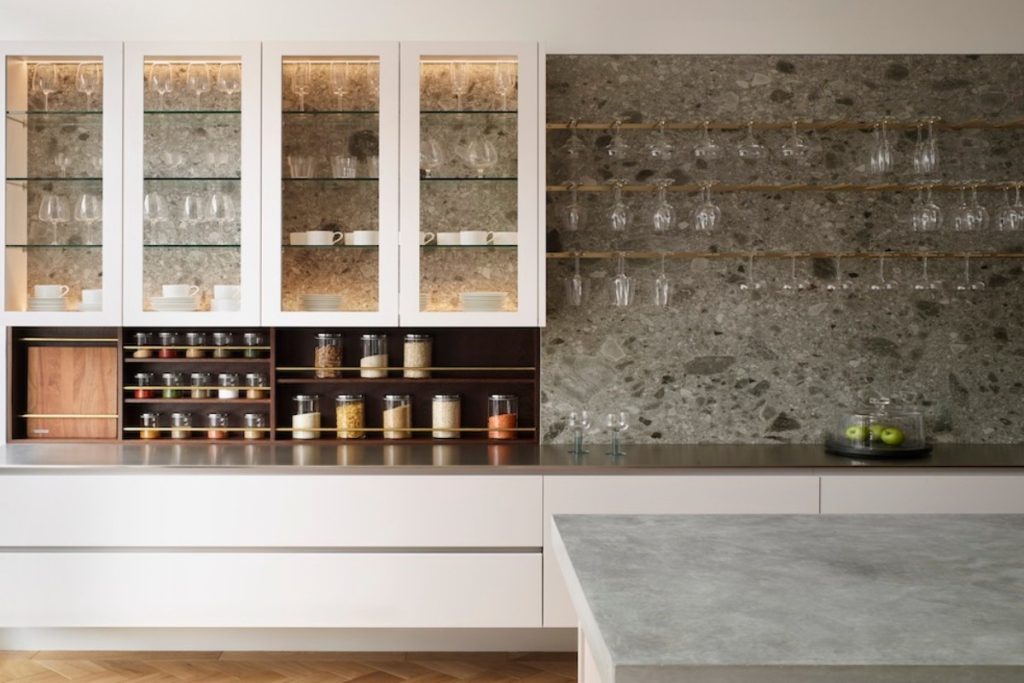 26th April 2018 | IN DESIGN ADVICE | BY SBID
26th April 2018 | IN DESIGN ADVICE | BY SBIDIn the Volume 6 Issue 4 edition of eSociety, SBID spoked to ergonomics specialist Jim Taylour about his recommendations and basic rules for selecting furniture for classroom environments to improve the quality of interior design in education.
Here’s what Jim had to say about the current standards of classroom furnishings…
As an adult, have you ever been to a conference and felt restless because of the uncomfortable chairs, dined out where there’s minimum legroom and the acoustics prevent you from hearing your fellow diners properly, or sat on a sofa and thought how deep, low and ill-fitting the experience was, and how it impeded your concentration?
Now consider revisiting these scenarios on a daily basis for a period of 14-plus years and that’s beginning to paint a picture of the unintentionally hostile environments we expect children to survive and thrive within school.
Dimensional misfit between children and the equipment provided often causes poor posture, which in turn increases the risk of error, accidents, discomfort, loss of concentration and poor productivity.
At secondary school age, classroom physical activity drops year-by-year, concentration demands increase and the reliance on technology locks students into motionless postures – all on furniture that is non-adjustable and considered non-compliant in the contemporary office.

How to select furniture responsibly
Jim lays out his set of recommendations ranging from the selection of suitable chair sizes and the importance of providing variety and choice, to assessing the adjustability and flexibility of chairs to ensure they are fit for purpose and even considering unique features to suit specific tasks which will aid comfort and posture for the activity at hand. Find out what suggestions Jim made reading the rest of this feature!
Jim Taylour, a member of SBID’s Education Council and Head of Design & Wellbeing at Orangebox
Contact: Jim.Taylour@orangebox.com
This feature originally appeared in the Education section within Volume 6 Issue 4 of the official SBID interior design magazine, eSociety.





